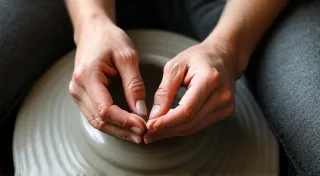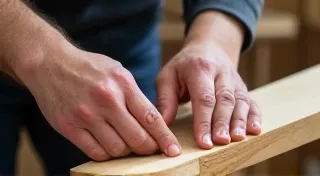The Alchemy of Sound: Transforming Raw Materials into Musical Expression
Music, in its purest form, is vibration. But the instruments that channel that vibration, that breathe life into melodies and rhythms, are far more than simple sound-producing devices. They are the tangible results of a profound, almost alchemical, transformation: the conversion of raw materials—wood, clay, animal hides—into vessels of beauty and evocative sound. This isn’t merely craftsmanship; it’s artistic metamorphosis, a story whispered across generations, each instrument a testament to human ingenuity and a deep connection to cultural heritage. Our exploration today focuses on this captivating process, with a particular spotlight on the antique accordion, a prime example of this remarkable shift.
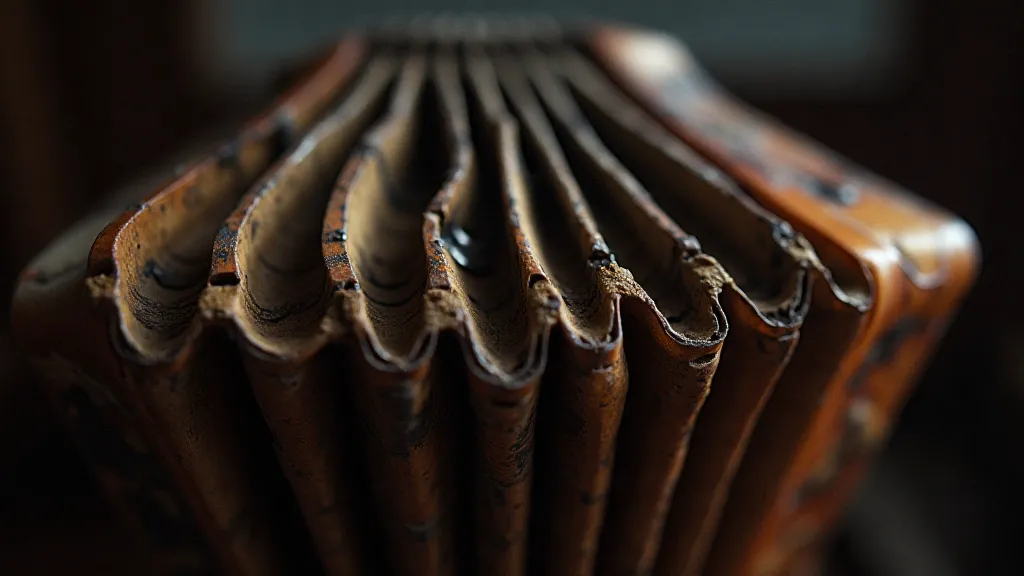
From Forest to Resonance: The Woodworker's Touch
Consider the humble tree. Standing silent and majestic, it holds within it the potential for countless creations. But the journey from towering oak or resonant spruce to a carefully shaped soundboard is a testament to the woodworker's skill. The selection of wood isn't arbitrary. Different species possess varying densities and grain patterns, directly impacting the instrument's tone and responsiveness. Spruce, prized for its lightness and elasticity, is often chosen for soundboards, while hardwoods like maple or rosewood provide stability and structural integrity in the body. The process of seasoning – allowing the wood to dry slowly and naturally – is crucial. Rushing this stage can lead to cracking and warping, severely impacting the instrument's performance and longevity.
My grandfather, a cabinetmaker by trade, often spoke of the "soul" of the wood. He claimed that each piece possessed a unique character that a skilled craftsman could discern and draw out. He would spend hours just examining a piece of timber, feeling its weight, listening to the sound it made when tapped. This wasn't just about practicality; it was about respect. He instilled in me an appreciation for the material, a sense that we were collaborators in a creative endeavor.
Clay, Hides, and the Shaping of Sound
The journey of other instruments is equally compelling. Think of the earthen flutes of the Andes, crafted from clay meticulously sourced and fired to create vessels of surprising sweetness. Or the drums of Africa, stretched with carefully prepared animal hides – goat, cow, or antelope – each hide possessing unique characteristics affecting the drum’s timbre and sustain. These materials, seemingly inert, are imbued with life and purpose through the artisan’s touch. The process is deeply rooted in tradition, often passed down through families, each generation refining techniques honed over centuries.
The preparation of animal hides, for example, is far from simple. It involves painstaking cleaning, scraping, and often, the application of natural oils and tannins to preserve and soften the material. The tension with which the hide is stretched over the drum’s frame dictates its pitch and resonance, a delicate balance requiring immense skill and experience.
The Accordion: A Symphony of Materials
The antique accordion, with its intricate mechanics and diverse materials, serves as a particularly poignant example of this transformative alchemy. It’s a miniature universe of wood, metal, leather, and fabric, each component contributing to the instrument’s unique character. The soundboard, traditionally crafted from pine or spruce, is the heart of the accordion's voice. The reeds, tiny metal tongues that vibrate when air passes over them, are meticulously tuned to produce specific notes. The bellows, the instrument's lungs, are formed from layers of compressed fabric, meticulously glued and folded to create a watertight seal. The keys, often made of ebony or rosewood, are fitted with intricate levers and buttons that control the airflow to the reeds. And the case, typically constructed from hardwoods like mahogany or walnut, protects the delicate internal mechanisms and contributes to the instrument’s overall aesthetic appeal.
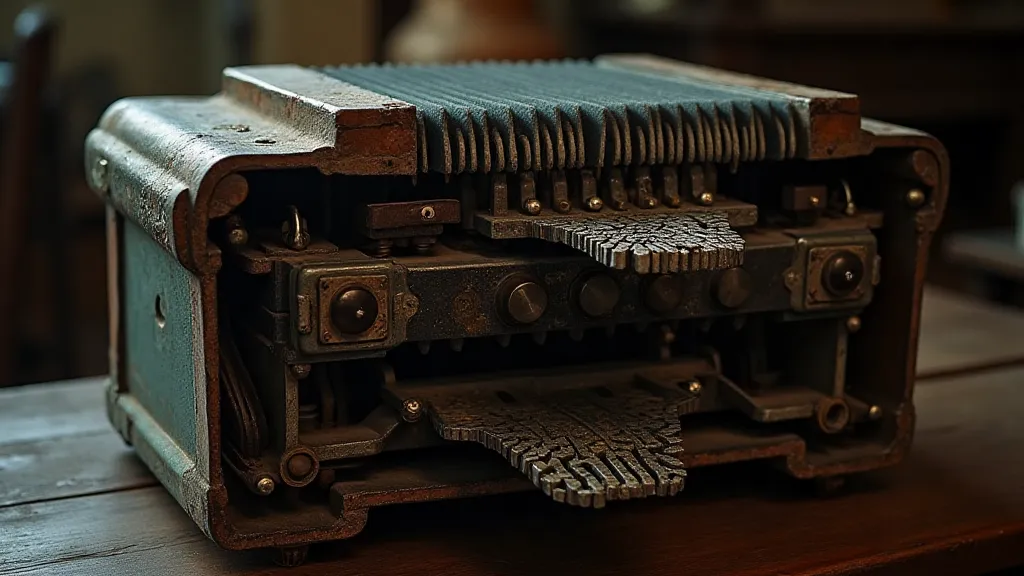
The antique accordion isn’t just a musical instrument; it's a chronicle of ingenuity. The early models, often German or Italian in origin, often featured hand-painted decorations and elaborate ornamentation, reflecting the cultural pride of the craftsman. The evolution of the accordion mirrors technological advancements and changing artistic tastes. The transition from simple diatonic accordions to the more complex chromatic models represents a significant leap in musical versatility. These older instruments often possess a warmth and depth of tone that is difficult to replicate in modern production. The age of the materials – the slow seasoning of the wood, the natural wear on the leather – contributes to this unique sonic quality.
The Collector's Eye and the Restorer’s Hand
For collectors, the allure of antique accordions lies not only in their musical beauty but also in their historical significance. Each instrument tells a story – a family’s history, a musician's legacy, a bygone era. The condition of an accordion is a reflection of its journey through time, with imperfections and repairs often adding to its charm. However, preservation is paramount. Restoring an antique accordion is a delicate undertaking, requiring a deep understanding of its construction and the materials involved. Original components should be preserved whenever possible, and repairs should be made with historically accurate techniques.
I’m currently restoring a 1920s Excelsior accordion, a project that has consumed countless hours. The bellows were brittle and cracked, the keys were sticky, and the case was severely damaged. The process has involved painstaking cleaning, repair, and replacement of damaged components. It’s a labor of love, a chance to connect with the past and to breathe new life into a cherished artifact. The feel of the old wood in my hands, the scent of the aged leather – these are experiences that transcend the purely technical aspects of restoration.
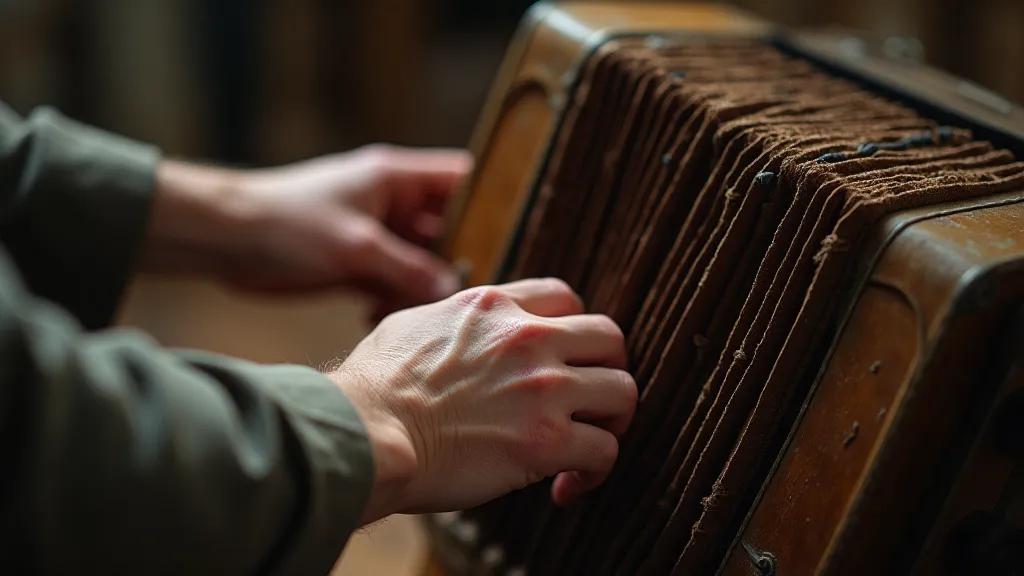
A Legacy of Transformation
The alchemy of sound isn’s confined to any one instrument or region. It's a universal phenomenon, a testament to the human desire to transform raw materials into expressions of beauty and emotion. From the Andean clay flute to the African drum, from the Japanese shakuhachi to the European accordion, each instrument embodies a unique cultural heritage and a profound connection to the natural world. By appreciating the artistry and skill that goes into their creation, we deepen our understanding of the diverse musical traditions that enrich our world. These aren’t merely tools; they are living embodiments of human ingenuity, carefully shaped by the hands of artisans who listened closely to the whispers of the materials and the echoes of the past.


